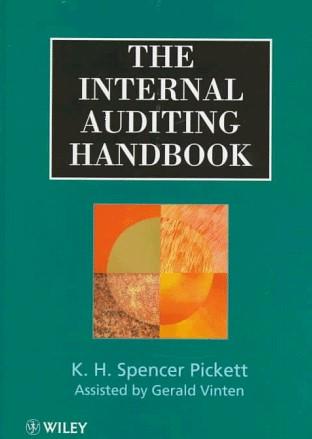Throughput time is the amount of time required to process raw materials into completed products. A. True B. False Hal currently works as the fry guy at Burger Haven but is thinking of quitting his job to attend college full time next semester. Which of the following would be considered an opportunity cost of attending college? A. The cost of the textbooks B. The cost of the soda that Hal will consume during class C. Hal's lost wages at Burger Haven D. The cost of commuting to the Burger Haven job Managerial performance can be measured in many different ways including return on investment (ROI) and residual income. A good reason for using residual income instead of ROI is: A. Residual income can be computed without having to measure operating assets. B. Managers are more likely to accept projects that are beneficial to the company. C. ROI does not take into account both turnover and margin. D. A minimum rate of return does not have to be specified when the residual income approach is used. When a multi-product factory operates at full capacity, decisions must be made about which products to emphasize. In making such decisions, products should be ranked based on: A. Selling price per unit B. Contribution margin per unit C. Contribution margin per unit of the constraining resource D. Unit sales volume The internal rate of return for a project can be determined. A. only if the project's cash flows are constant B. by finding the discount rate that yields a zero net present value for the project. C. by subtracting the company's cost of capital from the project's profitability index. D. only if the project profitability index is greater than zero. The investment required for the project profitability index should: A. be reduced by the amount of any salvage recovered from the sale of old equipment. B. be reduced by the amount of any salvage recovered from the sale of the new equipment at the end of its useful life C. be reduced by the amount of any salvage recovered from the sale of both the old and new equipment. E. not be adjusted for the salvage value of old or new equipment







